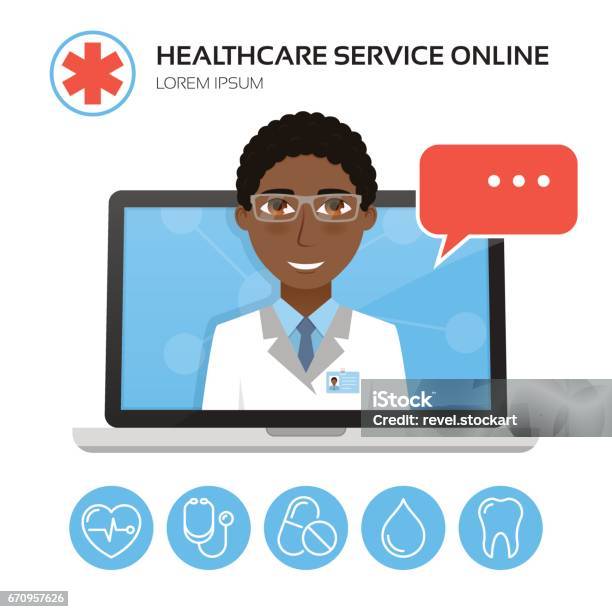Recognizing the Expense Savings of Subscription Based Healthcare for Families
Recognizing the Expense Savings of Subscription Based Healthcare for Families
Blog Article
Comprehending the Cost-Effectiveness of Subscription-Based Medical Care Designs
As the healthcare landscape progresses, subscription-based versions become an engaging choice, promising to redefine just how individuals manage clinical costs. Evaluating these designs' cost-effectiveness requires a nuanced contrast with standard insurance, thinking about both monetary effects and client complete satisfaction. While they offer transparency and predictability in prices, inquiries remain about their capacity to satisfy diverse health care requirements, particularly for specialized treatments. The viewpoints of doctor additionally complicate this equation, presenting a multifaceted obstacle. What does the future hold for these designs, and can they genuinely supply on their pledge of easily accessible, cost effective care?
Summary of Subscription-Based Designs
Subscription-based medical care models, in some cases referred to as direct health care or attendant medicine, are significantly getting focus as a prospective remedy to ineffectiveness within standard medical care systems. These versions operate the principle of offering clients straight access to doctor with a annual or month-to-month charge, bypassing the need for standard insurance coverage devices. This setup aims to enhance patient-provider interactions by decreasing management burdens, which frequently hinder tailored and timely care.
At the core of subscription-based versions is the emphasis on a more individualized patient experience. Individuals gain from boosted access to their physicians, commonly including next-day or same-day consultations, expanded appointment times, and direct interaction networks such as phone or video calls. This model promotes a positive technique to medical care, where suppliers and people can collaboratively concentrate on preventative treatment and persistent disease monitoring.

Expense Contrast With Typical Insurance

One of the key monetary advantages of subscription versions is openness in costs. Alternatively, traditional insurance policy might be much more beneficial for people calling for specialized care or expensive treatments not covered under a subscription version, as they profit from the broader insurance coverage network and cost-sharing devices.
Nonetheless, cost-effectiveness is context-dependent. While membership versions might provide financial savings for those largely needing key care, people with chronic problems or specialized healthcare demands could locate standard insurance extra thorough. Consequently, evaluating details healthcare demands and possible usage is vital in identifying one of the most cost-effective alternative for individuals.
Effect on Person Complete Satisfaction
Person contentment within subscription-based medical care versions usually mirrors a substantial enhancement over conventional insurance systems. Unlike traditional systems, where patients could experience delays in obtaining treatment, subscription-based designs guarantee even more direct and prompt communications with medical care suppliers.
In addition, the openness in costs related to subscription-based medical care minimizes the common frustrations associated with unforeseen costs and complicated billing processes seen in conventional insurance (subscription based healthcare). Patients value knowing the specific monetary commitment upfront, resulting in raised count on and self-confidence in their health care management
Furthermore, the focus on precautionary treatment and wellness in registration models adds to enhanced health and wellness outcomes, additionally enhancing individual complete satisfaction. By concentrating on ongoing health care instead of episodic treatment, patients experience a more constant and all natural healthcare journey.
Furthermore, the improved provider-patient partnership fostered in these models, defined by even more time invested per client and individualized focus, plays an important duty in elevating client contentment degrees, as patients feel really taken care of and recognized.
Service Provider Point Of Views and Experiences
From the carrier's viewpoint, subscription-based healthcare designs use a transformative technique to supplying clinical solutions. These versions stress a preventative and proactive healthcare technique, enabling carriers to concentrate on thorough person treatment without the restraints of typical fee-for-service setups (subscription based healthcare). This change in emphasis commonly leads get more to boosted individual results and boosted company fulfillment, as health care experts can allocate more time and sources to individual engagement and customized care strategies
Additionally, subscription designs assist in foreseeable earnings streams, which boost economic stability for doctor. This predictability permits boosted source planning and allowance, adding to a more reliable medical care shipment system. Companies can purchase team facilities, training, and technology renovations, thus boosting the top quality of care used.
Nevertheless, the change to subscription-based models is not without challenges. In spite of these obstacles, lots of providers find that the benefits of enhanced individual communication and structured operations exceed the first challenges, making subscription-based models an appealing choice.
Future Potential Customers and Difficulties

A key difficulty is regulatory conformity, as registration designs must follow progressing health care policies and insurance needs. This requires continual adjustment and innovation to make certain positioning with legal criteria. Furthermore, incorporating these designs into existing health care infrastructures can be intricate, needing considerable investments in modern technology and training.
There is additionally the prospective risk of developing injustices in healthcare accessibility, as subscription versions might prefer those that can manage them, leaving prone populations underserved. Resolving this requires thoughtful consideration of rates techniques and aid mechanisms to make certain inclusivity.
Conclusion
Subscription-based medical care models provide a viable choice to traditional insurance coverage by offering monetary predictability and openness, specifically benefiting individuals with persistent problems or frequent health care demands. The cost-effectiveness of these models rests upon individual healthcare usage patterns and conditions. why not find out more While they might enhance client satisfaction and simplify budgeting, challenges stay in attending to specialized treatment needs. Future factors to consider consist of stabilizing thorough coverage with affordability and integrating these models within the wider health care system for ideal end results.
Subscription-based health care designs, in some cases referred to as direct primary care or attendant medication, are significantly getting his explanation interest as a prospective service to inefficiencies within typical healthcare systems. Unlike typical systems, where patients may experience hold-ups in obtaining care, subscription-based designs make sure more direct and prompt interactions with healthcare service providers.
These models stress a aggressive and preventative healthcare approach, enabling companies to focus on extensive person treatment without the constraints of typical fee-for-service setups. As these models proceed to acquire traction, they use the potential to change individual access to care, simplify service shipment, and optimize medical care spending.Subscription-based medical care models offer a practical choice to conventional insurance policy by providing economic predictability and transparency, specifically benefiting people with persistent conditions or regular health care requirements.
Report this page